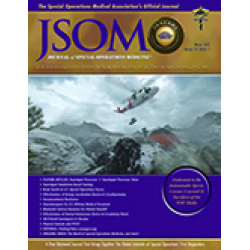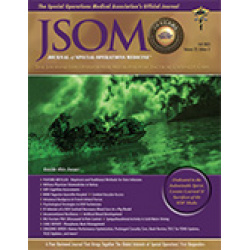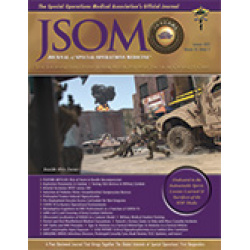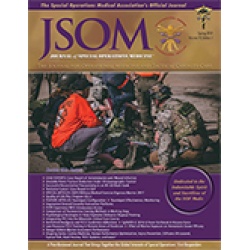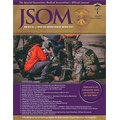Latest Products
Improvised Ground Evacuation Platforms for Austere Special Operations Casualty Transport
Antosh IJ, McGrane OL, Capan EJ, Dominguez JD, Hofmann LJ 19(1). 48 - 51 (Journal Article)
There are no established ground medical-evacuation systems within Special Operations Command Africa (SOCAFRICA), given the austere and varied environments. Transporting the injured casualty requires ingenuity and modification of existing vehicles. The Expeditionary Resuscitative Surgical Team (ERST) assigned to SOCAFRICA used four unconventional means for ground evacuation. This is a retrospective review of the various modes of ground transportation used by the ERST-3 during deployment with SOCAFRICA. All handcarried litter and air evacuation platforms were excluded. Over 9 months, four different ground casualty platforms were used after they were modified: (1) Mine-Resistant Ambush-Protected All-Terrain Vehicle (MAT-V; Oshkosh Defense); (2) MRZR-4 ("Razor"; Polaris Industries); (3) nonstandard tactical vehicles, (NSTVs; Toyota HiLux); and (4) John Deere TH 6x4 ("Gator"). Use of all vehicle platforms was initially rehearsed and then they were used on missions for transport of casualties. Each of the four methods of ground evacuation includes a description of the talon litter setup, the necessary modifications, the litter capacity, the strengths and weaknesses, and any summary recommendations for that platform. Understanding and planning for ground casualty evacuation is necessary in the austere environment. Although each modified vehicle was used successfully to transfer the combat casualty with an ERST team member, consideration should be given to acquisition of the MAT-V medical-specific vehicle. Understanding the currently available modes of ground casualty evacuation transport promotes successful transfer of the battlefield casualty to the next echelon of care.


 Español
Español 